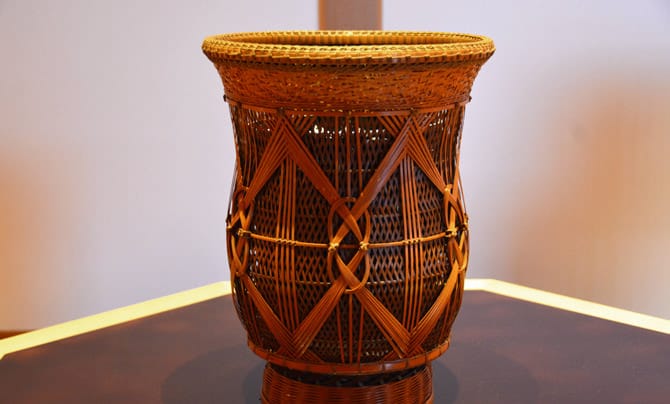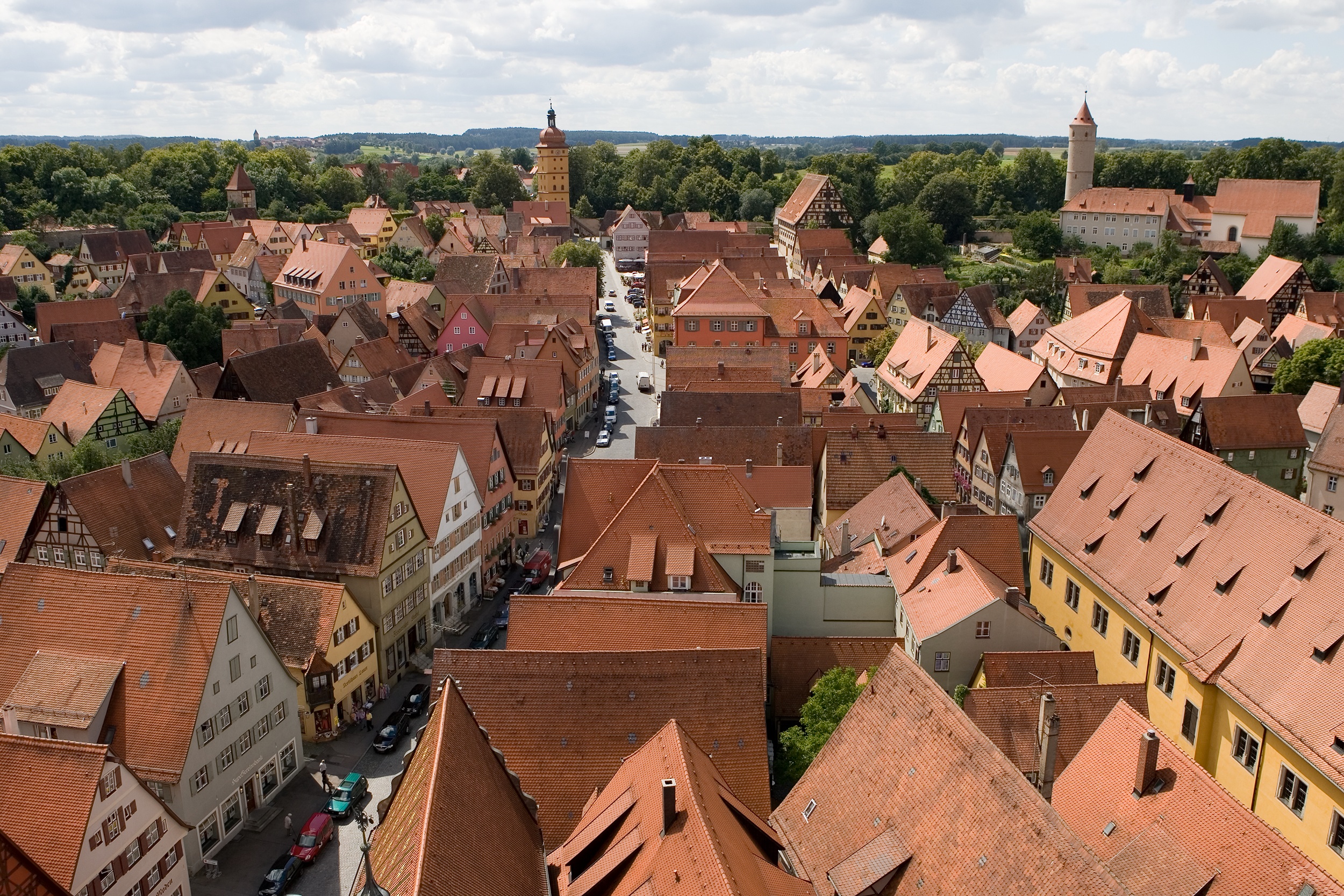|
Tokoname Ware
is a type of Japanese pottery, stoneware, and ceramics produced in and around the municipality of Tokoname, Aichi, in central Japan. Tokoname was the location of one of the Six Ancient Kilns of Japan. History Pottery made in Tokoname dates back to the 12th century. During the Heian period, what is now called Tokoname ware was already part of daily life. A kiln known as the Takasaka kiln was built in the 14th century. Towards the end of the Edo period in the late 19th century, Koie Hokyu completed a chambered "climbing kiln" (''nobori-gama''). The excellent reputation of modern Tokoname ware was established by his son Koie Hoju. He laid the foundations for earthenware pipe making and introduced the redware for which the town became renowned. A statue was later put up in his honour in the town. The construction of the Meitetsu Tokoname Line in the Meiji era encouraged production and provided transportation for the increasing tile production during the Taishō era. The tradit ... [...More Info...] [...Related Items...] OR: [Wikipedia] [Google] [Baidu] |
Living National Treasure (Japan)
is a Japanese popular term for those individuals certified as by the Minister of Education, Culture, Sports, Science and Technology as based on Japan's . The term "Living National Treasure" is not formally mentioned in the law, but is an informal term referencing the cultural properties designated as the National Treasures. The Japanese government provides a subsidy of 2 million yen per person per year for Living National Treasures. The total amount of the subsidy is determined by the national budget, and since 2002 it has been 232 million yen. Therefore, the number of Living National Treasures in existence is a maximum of 116, and if there are 116 Living National Treasures, no person with any outstanding skills will be newly designated as a Living National Treasure unless a vacancy occurs due to death. [...More Info...] [...Related Items...] OR: [Wikipedia] [Google] [Baidu] |
Pipe (fluid Conveyance)
A pipe is a tubular section or hollow cylinder, usually but not necessarily of circular cross-section, used mainly to convey substances which can flow — liquids and gases (fluids), slurries, powders and masses of small solids. It can also be used for structural applications; hollow pipe is far stiffer per unit weight than solid members. In common usage the words ''pipe'' and ''tube'' are usually interchangeable, but in industry and engineering, the terms are uniquely defined. Depending on the applicable standard to which it is manufactured, pipe is generally specified by a nominal diameter with a constant outside diameter (OD) and a schedule that defines the thickness. Tube is most often specified by the OD and wall thickness, but may be specified by any two of OD, inside diameter (ID), and wall thickness. Pipe is generally manufactured to one of several international and national industrial standards. While similar standards exist for specific industry applicati ... [...More Info...] [...Related Items...] OR: [Wikipedia] [Google] [Baidu] |
Water
Water (chemical formula ) is an inorganic, transparent, tasteless, odorless, and nearly colorless chemical substance, which is the main constituent of Earth's hydrosphere and the fluids of all known living organisms (in which it acts as a solvent). It is vital for all known forms of life, despite not providing food, energy or organic micronutrients. Its chemical formula, H2O, indicates that each of its molecules contains one oxygen and two hydrogen atoms, connected by covalent bonds. The hydrogen atoms are attached to the oxygen atom at an angle of 104.45°. "Water" is also the name of the liquid state of H2O at standard temperature and pressure. A number of natural states of water exist. It forms precipitation in the form of rain and aerosols in the form of fog. Clouds consist of suspended droplets of water and ice, its solid state. When finely divided, crystalline ice may precipitate in the form of snow. The gaseous state of water is steam or water vapor. Water co ... [...More Info...] [...Related Items...] OR: [Wikipedia] [Google] [Baidu] |
Toilet Seat
A toilet seat is a hinged unit consisting of a round or oval open seat, and usually a lid, which is bolted onto the bowl of a toilet used in a sitting position (as opposed to a squat toilet). The seat can be either for a flush toilet or a dry toilet. A toilet seat consists of the seat itself, which may be contoured for the user to sit on, and the lid, which covers the toilet when it is not in use – the lid may be absent in some cases, particularly in public restrooms. Usage Toilet seats often have a lid. This lid is frequently left open. The combined toilet seat and lid may be kept in a closed position when a toilet is not in use, making it so—at a minimum—the lid must be raised prior to use. It can be closed to prevent small items from falling in, to reduce odors, for aesthetic purposes or to provide a chair in the toilet room. Some studies show that closing the lid prevents the spread of aerosols on flushing ("toilet plume") which might be a source of disease transmi ... [...More Info...] [...Related Items...] OR: [Wikipedia] [Google] [Baidu] |
Roof Tiles
Roof tiles are designed mainly to keep out rain, and are traditionally made from locally available materials such as terracotta or slate. Modern materials such as concrete, metal and plastic are also used and some clay tiles have a waterproof glaze. Roof tiles are 'hung' from the framework of a roof by fixing them with nails. The tiles are usually hung in parallel rows, with each row overlapping the row below it to exclude rainwater and to cover the nails that hold the row below. There are also roof tiles for special positions, particularly where the planes of the several pitches meet. They include ridge, hip and valley tiles. These can either be bedded and pointed in cement mortar or mechanically fixed. Similarly to roof tiling, tiling has been used to provide a protective weather envelope to the sides of timber frame buildings. These are hung on laths nailed to wall timbers, with tiles specially molded to cover corners and jambs. Often these tiles are shaped at the exposed e ... [...More Info...] [...Related Items...] OR: [Wikipedia] [Google] [Baidu] |
Incense Burner
A censer, incense burner, perfume burner or pastille burner is a vessel made for burning incense or perfume in some solid form. They vary greatly in size, form, and material of construction, and have been in use since ancient times throughout the world. They may consist of simple earthenware bowls or fire pots to intricately carved silver or gold vessels, small table top objects a few centimetres tall to as many as several metres high. Many designs use openwork to allow a flow of air. In many cultures, burning incense has spiritual and religious connotations, and this influences the design and decoration of the censer. Often, especially in Western contexts, "censer" is used for pieces made for religious use, especially those on chains that are swung through the air to spread the incense smoke widely, while "perfume burner" is used for objects made for secular use. The original meaning of pastille was a small compressed mixture of aromatic plant material and charcoal that was l ... [...More Info...] [...Related Items...] OR: [Wikipedia] [Google] [Baidu] |
Tea Pot
A teapot is a vessel used for steeping tea leaves or a herbal mix in boiling or near-boiling water, and for serving the resulting infusion which is called tea. It is one of the core components of teaware. Dry tea is available either in tea bags or as loose tea, in which case a tea infuser or tea strainer may be of some assistance, either to hold the leaves as they steep or to catch the leaves inside the teapot when the tea is poured. Teapots usually have an opening with a lid at their top, where the dry tea and hot water are added, a handle for holding by hand and a spout through which the tea is served. Some teapots have a strainer built-in on the inner edge of the spout. A small air hole in the lid is often created to stop the spout from dripping and splashing when tea is poured. In modern times, a thermally insulating cover called a tea cosy may be used to enhance the steeping process or to prevent the contents of the teapot from cooling too rapidly. History China The swi ... [...More Info...] [...Related Items...] OR: [Wikipedia] [Google] [Baidu] |
Redware
Redware as a single word is a term for at least two types of pottery of the last few centuries, in Europe and North America. Red ware as two words is a term used for pottery, mostly by archaeologists, found in a very wide range of places. However, these distinct usages are not always adhered to, especially when referring to the many different types of pre-colonial red wares in the Americas, which may be called "redware". In the great majority of cases the "red" concerned is the natural reddish-brown of the fired clay, and the same sort of colour as in terracotta (which most types of red ware could also be called) or red brick. The colour to which clay turns when fired varies considerably with its geological makeup and the conditions of firing, and as well as terracotta red, covers a wide range of blacks, browns, greys, whites and yellows. Of the two "redware" types, both made between the 17th to 19th centuries (with modern revivals or imitations), the European was unglazed s ... [...More Info...] [...Related Items...] OR: [Wikipedia] [Google] [Baidu] |
Wind Chime
Wind chimes are a type of percussion instrument constructed from suspended tubes, rods, bells or other objects that are often made of metal or wood. The tubes or rods are suspended along with some type of weight or surface which the tubes or rods can strike when they or another wind-catching surface are blown by the natural movement of air outside. They are usually hung outside of a building or residence as a visual and aural garden ornament. Since the percussion instruments are struck according to the random effects of the wind blowing the chimes, wind chimes have been considered an example of chance-based music. The tubes or rods may sound either indistinct pitches, or fairly distinct pitches. Wind chimes that sound fairly distinct pitches can, through the chance movement of air, create simple songs or broken chords. __TOC__ History Ancient Rome Roman wind chimes, usually made of bronze, were called ''tintinnabulum'' and were hung in gardens, courtyards, and porticoes where ... [...More Info...] [...Related Items...] OR: [Wikipedia] [Google] [Baidu] |






_flying_phallus_with_bells.jpg)